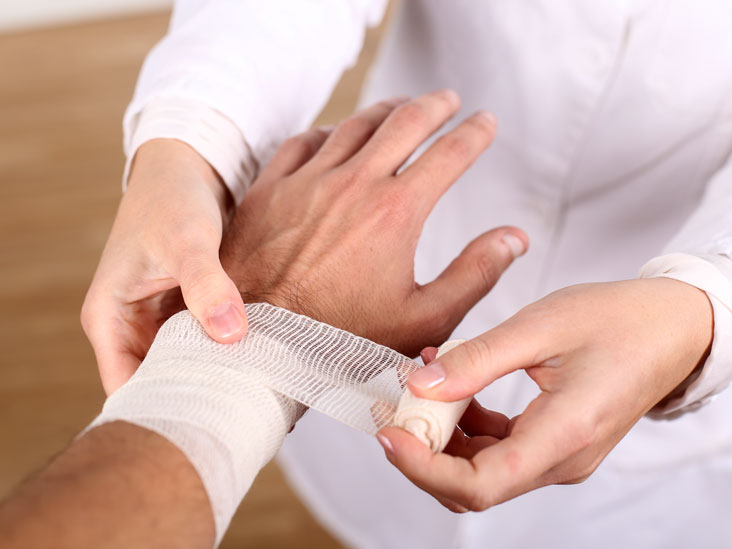


This works for children age 3 months and older. For children younger than 3 years, a rectal temperature is the most accurate.įorehead (temporal). There are different kinds and uses of digital thermometers. Use a digital thermometer to check your child’s temperature. Close the top end of the bag with tape or rubber bands.Įncourage your child to wiggle or exercise the fingers of the affected hand often. Protect it with 2 layers of plastic, such as 2 plastic bags. Have your child bathe with their cast or splint out of the water. Keep your child from sticking objects into the cast.Īlways keep the cast completely dry. Don’t put any powders or lotions inside the cast. Continue to do this 3 to 4 times a day for the next 2 days, then as needed. It may help to make a game of using the ice. But if your child objects, don't force your child to use the ice.Ĭare for the cast as you’ve been directed. Ice the injured area for up to 20 minutes every 1 to 2 hours the first day. Don't place the ice directly on the skin, as this can cause damage. You can place a cold pack directly over the cast. As the ice melts, make sure that the cast doesn’t get wet. You can make a cold pack by wrapping a plastic bag of ice cubes in a thin towel. Put a cold pack on the injury to help control swelling. Be sure that the pillows don't move near the face of the baby or toddler. For babies or toddlers, lay the child down and place pillows under the hand until the injury is raised above the level of the heart. Keep your child's hand and wrist elevated to reduce pain and swelling.

Don't give your child aspirin unless told to by a healthcare provider.įollow the healthcare provider's directions about how much your child should use the affected arm. Give your child pain medicines as directed by the healthcare provider.
#Colles fracture pain full
Full recovery may take up to a year.įollow these guidelines when caring for your child at home: Stiffness will gradually decrease in a few months. After the cast is removed, the child can return to normal activities. To hold the bone in place while it heals, a cast is often placed on the arm. The cast usually stays in place for about 6 to 8 weeks. This is a surgeon who treats bone, muscle, joint, and tendon problems. This procedure is called reduction. For more severe fractures, surgery may be needed. The surgery would be done by an orthopedic surgeon. The broken bone may need to be adjusted back into correct alignment. The child may not want to move the wrist or fingers for fear of pain. It may also happen during sports.Ī Colles fracture causes swelling, soreness, pain, and bruising. A Colles fracture can occur when a child puts a hand forward trying to break a fall. This kind of fracture is common in children. If the radius breaks (fractures) near the wrist, it's called a Colles fracture. The radius is the long bone that connects the thumb to the elbow. They allow the wrist to move in many different directions.


 0 kommentar(er)
0 kommentar(er)
